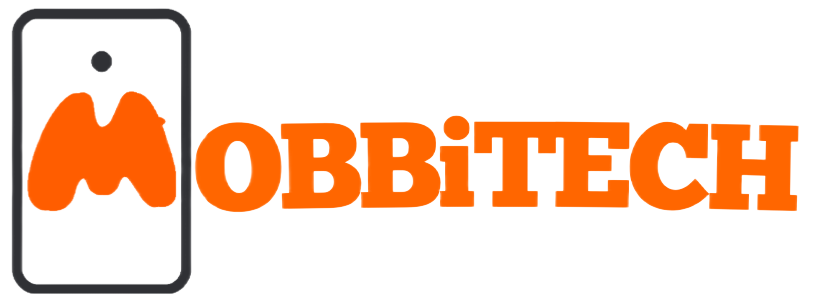Table of Contents
In the world of ever-evolving technology, Lidar has emerged as one of the most useful and versatile innovations. Lidar, which stands for Light Detection and Ranging, uses lasers to gauge distances and create detailed, precise maps of an environment. Many industries have greatly benefited from this incredible form of technology. Read on to learn the most useful applications of Lidar technology.
Self-Driving Vehicles
One of the most widely known applications of Lidar technology is its use in autonomous vehicles. Self-driving cars require detailed and accurate information about their surroundings to function safely and efficiently. A Lidar sensor mounted on a vehicle emits laser beams, which bounce off objects in the area and then return to the sensor. By measuring the time it takes for the light to travel back and forth, the system can calculate the distance and create high-resolution, three-dimensional maps of the environment.
This detailed data allows self-driving vehicles to accurately identify and avoid obstacles, detect changes in road conditions, and make real-time decisions to ensure a safe ride for passengers. So even though many people worry about the safety of self-driving vehicles, advanced Lidar technology solidifies this concern as one of the many common myths about autonomous driving.
Land Management
The ability of Lidar to create detailed terrain maps has significant implications for land management. Lidar can penetrate vegetation and reach the ground beneath, providing accurate topographical data for various applications, such as flood risk assessment, infrastructure planning, and geological studies.
Archaeologists also benefit from Lidar technology, as it enables them to discover and document hidden remains of ancient structures buried beneath dense forests or vegetation without disturbing the environment. Overall, this technology has transformed the way we approach and implement land management and conservation.
Precision Agriculture
Another one of the most useful applications of Lidar technology is in the agriculture industry through precision farming. By analyzing the light reflected from crops, Lidar can provide essential information about plant health, growth, and water stress levels. Farmers can then use this data to optimize irrigation, fertilizer application, and pest control, leading to better resource management and increased crop yields.
Additionally, farmers can use Lidar data for terrain mapping to calculate the most efficient planting patterns and drainage solutions. This reduces the environmental impact of agriculture and provides farmers with better, more sustainable methods of optimizing their crop yields.
In summary, Lidar technology is an essential tool in various industries due to its accuracy, versatility, and noninvasive nature. This piece of technology is transforming the way we approach all things, from self-driving vehicles to land management to precision agriculture. The possibilities of Lidar are endless, and as advancements in this technology arise, we will undoubtedly see even more exciting and revolutionary applications emerge.
Also Read:

